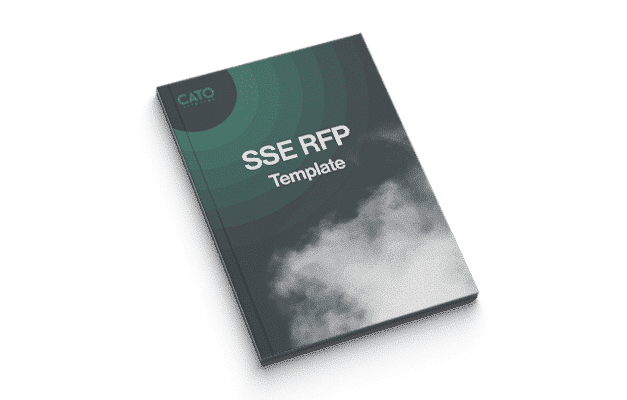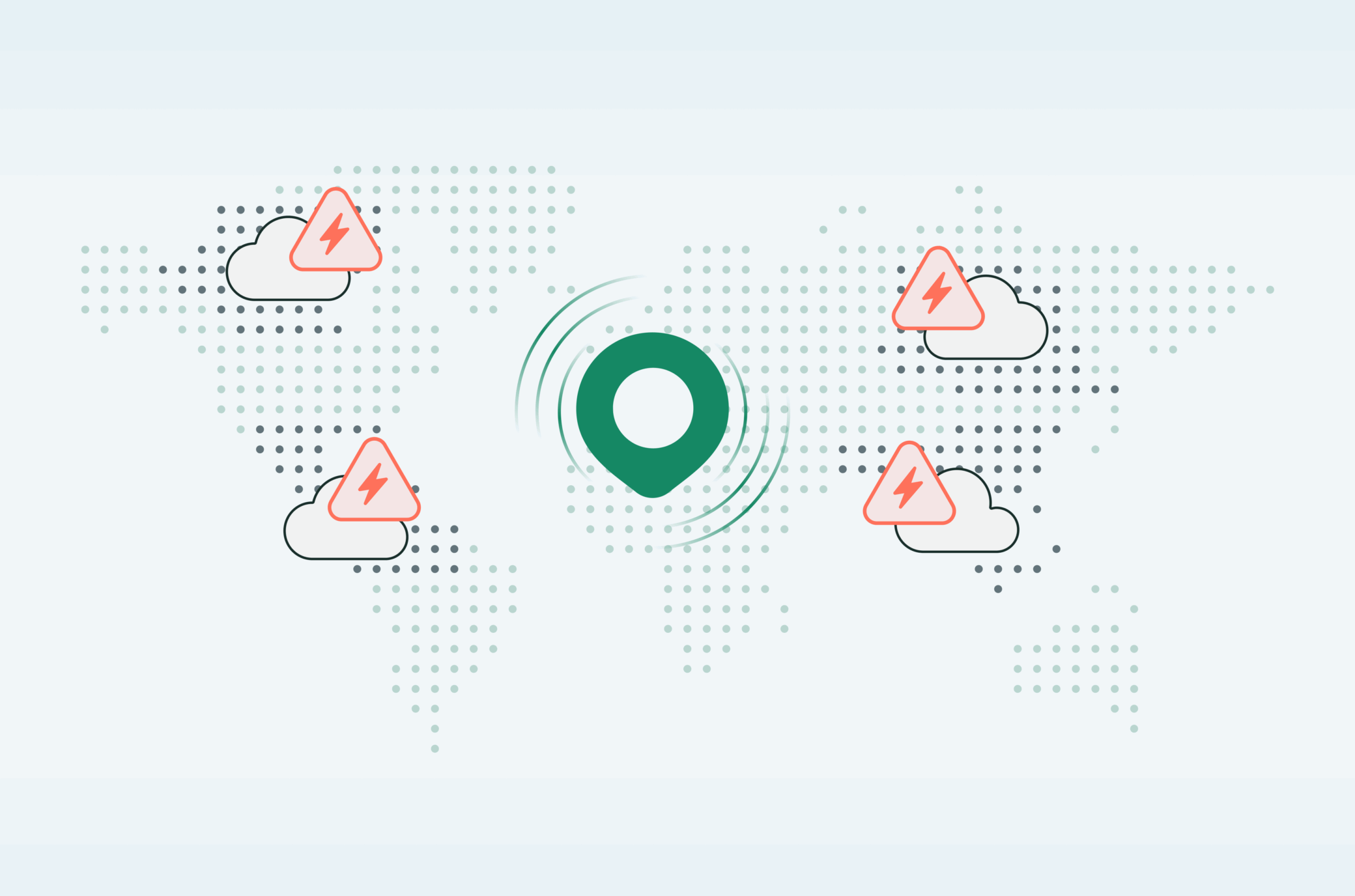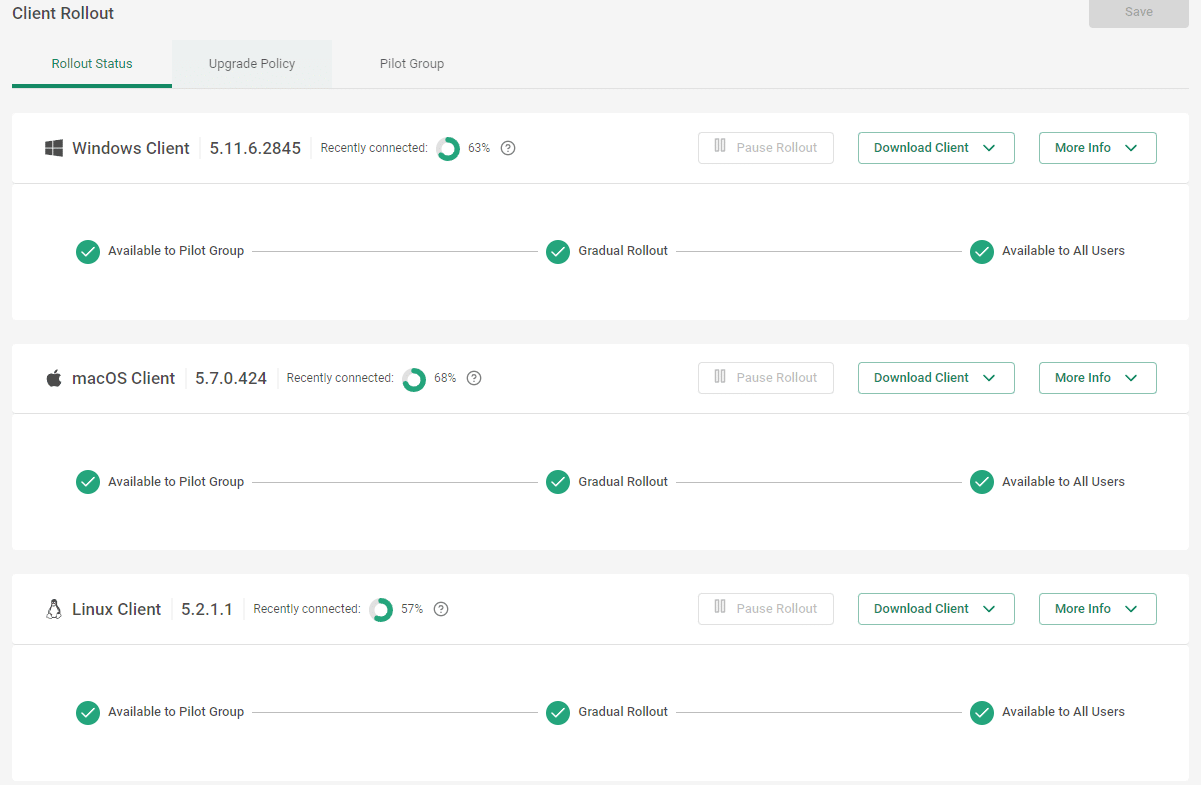The SSE RFP/RFI Template (or how to evaluate SSE Vendors)

|
Listen to post:
Getting your Trinity Audio player ready...
|
Your SSE project is coming up. As an IT professional, you will soon need to organize the requirements for your enterprise’s security transformation journey. To assist with this task, we’ve created a complimentary RFP template for your use. This template will help you ensure your current and future security threats are addressed and that your key business objectives are met.
The RFP template comprises four sections:
- Business and IT overview: Your business, project objectives, geographies, network resources, security stack, and more.
- Solution architecture: The architectural elements of the solution, how they operate, where they are situated, scaling abilities, failure resolution capabilities, and more.
- Solution capabilities: The functionalities provided by the solution.
- Support and services: The vendor’s support structure and available managed services.
You can find the complete template, with more details and guidance, here.
Please note, the template covers core SSE requirements alongside extended capabilities like FWaaS, NGAM, IPS and global private backbone. These additions will give you flexibility to expand into these projects in the future. So, let’s examine each one of these sections briefly.
SEE RFI/RFP Made Easy | Get the TemplateBusiness and IT Overview
In this section, you will describe your company, including elements like your business and technical goals, other strategic IT projects you are managing, the project scope, your current security architecture and technologies, datacenters geographies, your cloud providers, and more.
This section is intended to provide the vendor context about your business. Therefore, it is recommended to elaborate as much as you can.
Solution Architecture
This section allows the vendor to describe the solution’s architecture and how its services are delivered. In addition, you will get answers to questions about the solution’s architecture strategy. For example, what is their approach to consolidating security capabilities? How is high availability and resiliency provided? How easy is it to scale? These are a few of the many questions this section will help answer.
Solution Capabilities
This section requires the vendor to describe their SSE security capabilities. These include SWG, ZTNA CASB and DLP, and security management analytics and reporting. Additional requested information can include advanced threat prevention, threat detection and response, east-west security, policy management and enforcement, and non-web port traffic protection.
Support and Services
This section will enable you to understand the vendor’s support and managed services. You will get answers to support availability, SLAs, professional services and managed services options.
In addition to these four sections, the template also provides a fifth section about future expansion options. This forward-looking section helps you understand how easy it will be to transition to SASE, if required. From our experience, for many organizations this is the next step after basic SSE. This section will provide you with information about the migration process, configuration complexity, which technologies are required, and more.
How to Use the RFP Template
The RFP template can help choose the right SSE vendor for your current and future network security needs. To review and start using the entire template, click here.















